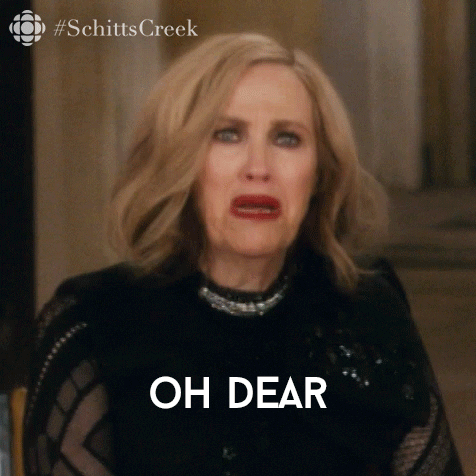Hey good afternoon!
I thought I always understood why the rocks curled - something about how the spinning rock, uh, created, uh, friction? and then it like, make the rock curl because the ice melted? And then something about the pebbles on the ice.
Yes, solid scientific understanding.
So… I was sitting at home over the weekend watching curling with my family. And my brother's girlfriend was making fun of us and our Canadian-ness (honestly, rude, you are from Texas).
But then the beauty of curling pulled her in. Suddenly we're explaining fancy trick shots and the Manitoba tuck and did you SEE that Homan is curling in the Scotties 8-months pregnant1? Fucking boss.
So the inevitable. "Why do the rocks curl?"
My dad pipes up with my same rock solid understanding - "the rocks melt the ice and then... they curl".
My brother: "WRONG. We don't actually know, it's a great mystery of the physics world"
Oh ok, so like that makes sense because who the heck would put money into research about curling ice? But then again, a lot of scientists are stuck for months out of the year in cold dark countries like ours, in labs that make them go a bit nuts. Like the lab I had at UW that literally had no natural light and I couldn't figure out why I was so depressed all winter...
Anyway,
I googled it.
The theory from the 1990s was the same one we all had: Physicists thought that the rock rotating would cause some kind of friction on the leading edge, that would melt the ice a bit, and then when the back edge finally got there it would go a bit faster, and bam. Curl.2
Problem though: that means the rock would curl more if it's rotating faster. But it doesn't - you can rotate the rock 2 times in the course of a throw, or 20, and it generally curls about the same amount.
Ah, so now all the scientists in Manitoba were like HMMMM between sips of beer at the club.
Enter theory two.
WHAT IF the rock, as it's rotating, cuts little grooves through the ice with the leading edge. And then the back edge follows the little grooves as it continues over the surface3? That makes sense right?
Also no.
A lab actually made a whole site to show that theory is wrong. Rocks that go over surfaces that other rocks went over don't seem to be affected by the old rocks' scratches.
Actual answer? The pebbles on the ice are elastic (in curling the surface is not smooth, the bumps are called pebbles). The rock sticks to the pebble, the pebble stretches for a second, and then snaps back. This slowly produces tons and tons of tiny pivots that eventually move the rock in a curl!4
Just a bunch of nano-second long snaps. I love.
One of the scientists who came up with this theory, he actually was the one that wrote the paper about the first theory.5 Which is actually my favourite… how we can see scientific theories change right before our eyes.
And, side ramble for a second, apparently this is fascinating to physicists because if you were to spin a beer glass on a flat surface, it would tend to curl in the opposite direction of curling rocks.
If you also find that hard to believe, you are certified Canadian like me, and probably curled in your dad's actuary curling league which honestly was the most boring set of people you could imagine.
Anyway, now you know that. Later friends 👋
One of the best skips in the whole world, competing at an elite level, 8 months pregnant. Amazing. https://torontosun.com/sports/curling/eight-months-pregnant-homan-says-shes-feeling-good-and-ready-for-run-at-scotties-crown
That wrong theory about friction: https://cdnsciencepub.com/doi/abs/10.1139/p96-095
A scratching theory that also didn’t prove out: https://www.sciencedirect.com/science/article/abs/pii/S0043164813000732
Ah, the best, newest, best theory that actually maths out and we think is right: https://www.sciencedirect.com/science/article/abs/pii/S0165232X17302975
See, the same guy! https://cdnsciencepub.com/doi/abs/10.1139/p96-095






So Canadian, and interesting. I just assumed that everyone playing, and everyone watching was drunk and it didn't actually curl, we just think it did. Who knew!